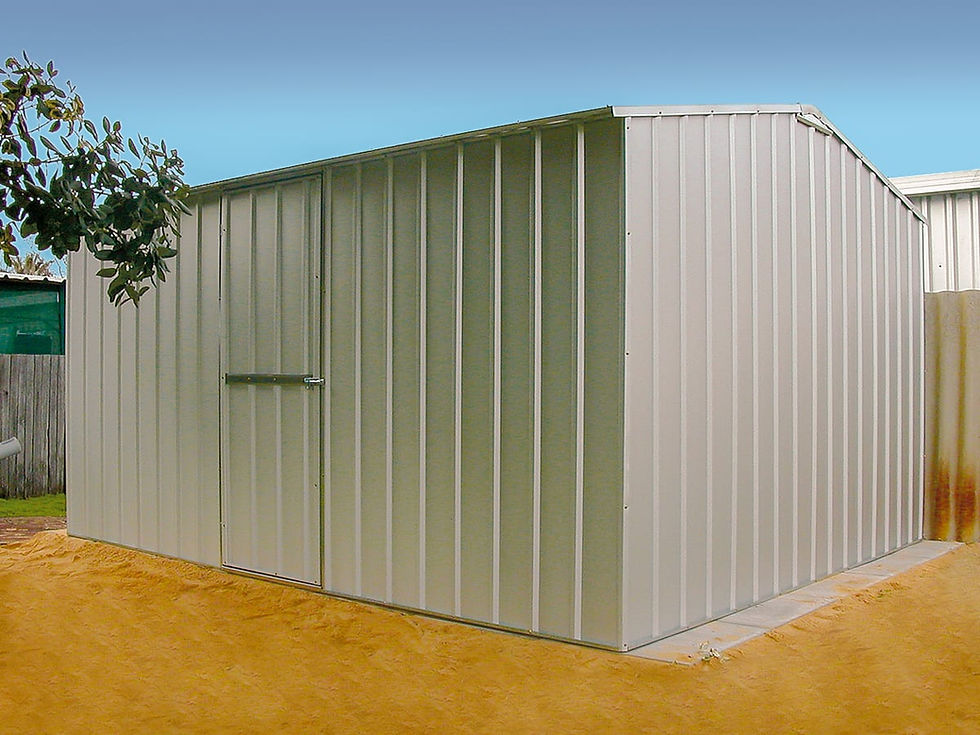Factors that Decide the House Restumping Costs
- Kiera Peterson
- Sep 10, 2020
- 3 min read
Updated: Jul 8
Restumping is a huge task, and it requires significant house restumping costs to get the job done perfectly. Restumping, underpinning, and reblocking are some of the services for which you require a team of experts who have an ample amount of experience working in this field. Restumping is a procedure where you replace the existing timber stumps of your house with the new ones. The new timber stumps that you are going to install will offer a firmer foundation to your residence, and it is the ultimate thing to do when you are planning the renovation for your property.
How to Know if your Home needs a Restumping?
An experienced restumping service provider will be responsible for offering standard workmanship using the state-of-the-art restumping equipment to maximize the value of your residence. Various signs will indicate that your house needs to get the restumping done. Some of them are - uneven and sloping floors, cracks in walls, ceilings, and floors, and doors of the house not shutting properly, and others. If you see such signs in your residence, then you should know that it’s time for getting your house restumped. If you don’t know how much will it cost to get your house restumped, then you need to consider several factors, and here are a few of them:

Space underneath your house: The height of the property from the ground is the deciding factor for the amount of work required to be done. The lower your residence is to the ground, the tougher it would be for the builders to access the stumps underneath it. In some cases, the employees might be required to dig or lift the floorboards, so that they could restump the residence, which can add to the house restumping costs involved because the labour cost will be increased.
Soil conditions: The kind of soil you have underneath your residence will be one of the crucial elements that will determine your house restumping costs. Suppose your residence has poor soil conditions, then more work will be needed to get the job done perfectly. Before starting the restumping work, you will be required to get a professional to check the soil conditions as well as to decide how deep the foundations can go.
Existing foundations: If the existing foundations of your residence are in good shape, then they can be utilized again and that too, with much more comfort. Reusing the existing foundations if they are in good shape will save your time and money on the overall to be spent on the house restumping costs.
Existing stump holes: Likewise, if the existing stump holes are in good shape, it will save you valuable time and money, plus less digging work will be required. On the other hand, if you have to dig deeper, it will naturally boost your house restumping costs for the work to be done.
Changing materials: Most of the individuals who want to get their residence restumped, decide to change the materials of their stumps. For instance, they want to replace their timber stumps or concrete stumps to steel stumps, specifically when raising a house. This is probably the best option because the steel stumps are durable, strong, and suitable for the structural framework that doesn’t occupy too much space. However, this method isn’t always suitable, because sometimes if you are doing only a partial restump, utilizing the same materials as the existing stumps is the right thing to do.
Final Words: The pointers mentioned above are the factors that decide the house restumping costs. While the height of your residence, changing materials, and soil conditions will be the major deciding elements of the restumping costs, if the existing foundations and holes are in good shape and reusable, it will save your costs of restumping. Otherwise, it will add up to the costs.








Comments